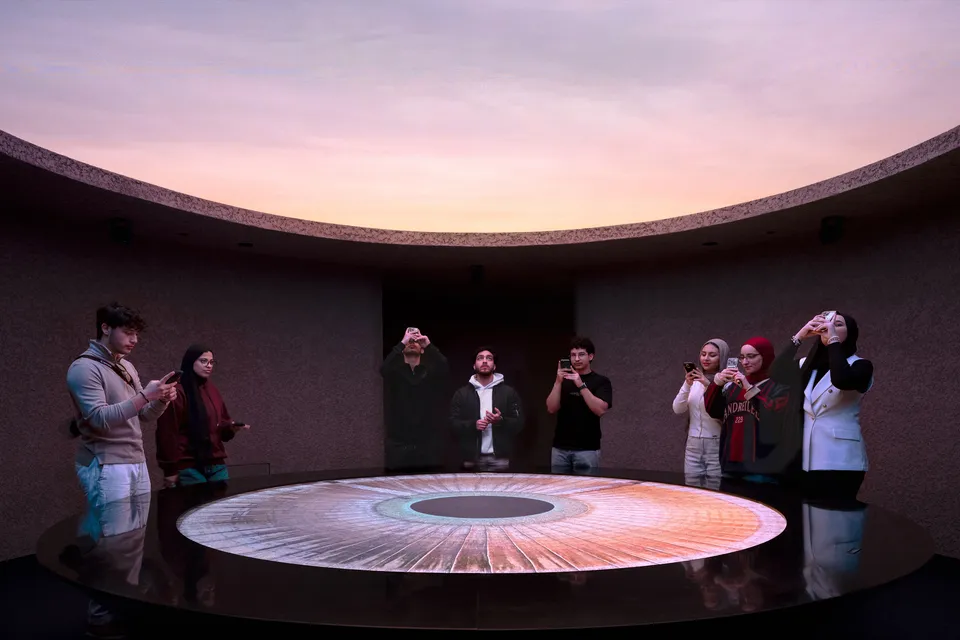Allied Museum
A New National Museum
- Programme
- 2018
- Scale
- n/a
- Client
- AlliiertenMuseum
- Locations

- Programme
- 2018
- Scale
- n/a
- Client
- AlliiertenMuseum
A once-in-a-lifetime opportunity
Berlin’s Allied Museum tells the story of the Western powers during the Cold War and celebrates their contribution to democracy in Germany. Founded in the aftermath of German Reunification, today the museum is in need of a new look and a new home. With Berlin’s centre shifting east, the museum now lies off the tourist trail, visitor numbers are dwindling and the displays have become difficult for young Berliners to relate to.
The museum was presented with a once-in-a-lifetime opportunity when it was offered a new home at the iconic Tempelhof Airfield. The historic location, the site of the Berlin Airlift, is loaded with meaning which is symbolically reflected in the museum’s collections. It is, in many ways, the perfect home for the museum. But to secure the location, the museum must submit a robust plan for its transformation to the German government.
We were appointed to develop a visionary masterplan for the museum, one that promises to reclaim its prominence in the city’s psyche.
A new museum of national significance
Close collaboration was built into our working approach; this was not a task that could be undertaken in isolation. We kick-started the process with a series of rigorous workshops with the museum team. Together, we spent time at Templehof, walking through the collection stores and having open and honest conversations about the museum’s future.
One of the first decisions we made together was to be brave. The Templehof’s central location and iconic status alone is expected to lead to a fivefold increase in visitor numbers. This would instantly transform the museum from a small institution to one of national significance. It was not possible to be the same museum in a bigger setting. It was time for a radical rethink.
A radical rethink
The proposed concept for the museum is a quantum leap forward. A thriving institution with national importance, a quadrupled workforce and a broader remit that captures the city’s story before, during and the fall of the Berlin Wall, carrying the mantle for this critical chapter in Germany’s history.
Our masterplan shows how to translate this concept from paper to the real world. An organisational blueprint demonstrates how to create a team almost from scratch. Initial creative concepts imagine object displays such as an iconic plane used in the Berlin Airlift. A detailed architectural analysis and spatial study show the ‘invisible surgery’ needed to turn the original 1920s hangar into a suitable home for the museum’s collections.
The Allied Museum is currently working with the German Federal Government to secure the funding needed to turn the vision into reality.
Partner
Arup




